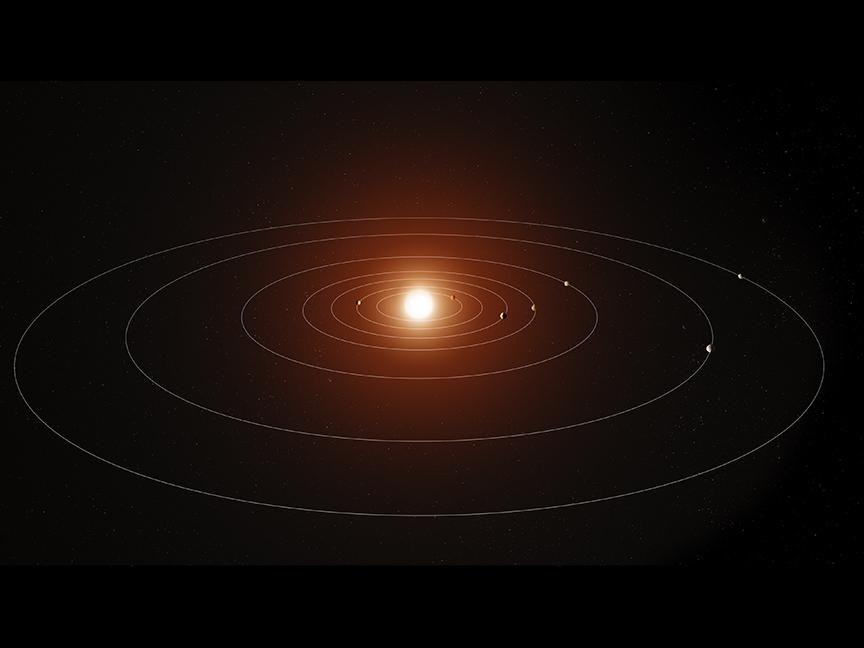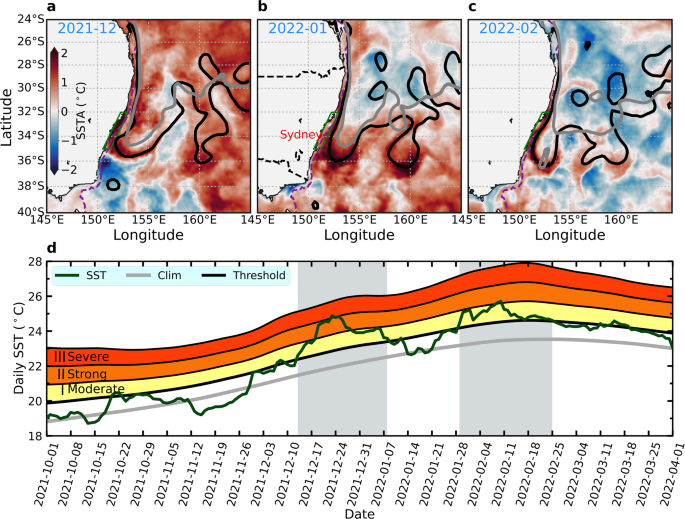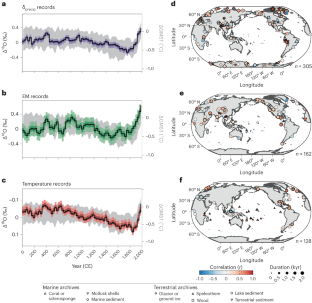2023-11-03 ペンシルベニア州立大学(PennState)

Artist’s concept of Kepler-385, the seven-planet system revealed in a new catalog of planet candidates discovered by NASA’s Kepler space telescope. Credit: Daniel Rutter/NASA. All Rights Reserved.
◆新しいカタログには約4,400個の惑星と未確認の候補惑星が含まれ、700以上の多重惑星系も含まれています。この研究は、惑星の特性についての詳細な情報を提供し、多重惑星系の軌道が通常よりも円形であることを示し、小さな惑星と多重惑星系は軌道離心率が小さい傾向があることを示しました。ケプラーの観測により、多くの惑星は恒星に近く、居住可能ゾーンにあるものはわずかです。この研究は、地球外の多様な惑星系について詳細な情報を提供し、多くの惑星がほぼ円形の軌道を持つことが示されました。
<関連情報>
- https://www.psu.edu/news/eberly-college-science/story/many-planets-beyond-our-solar-system-follow-nearly-circular-orbital/
- https://arxiv.org/abs/2311.00238
ケプラー惑星候補カタログの更新: 精度と軌道周期に注目
Updated Catalog of Kepler Planet Candidates: Focus on Accuracy and Orbital Periods
Jack J. Lissauer, Jason F. Rowe, Daniel Jontof-Hutter, Daniel C. Fabrycky, Eric B. Ford, Darin Ragozzine, Jason H. Steffen, Kadri M. Nizam
arXiv Submitted on 1 Nov 2023
DOI:https://doi.org/10.48550/arXiv.2311.00238
We present a new catalog of Kepler planet candidates that prioritizes accuracy of planetary dispositions and properties over uniformity. This catalog contains 4376 transiting planet candidates, including 1791 residing within 709 multi-planet systems, and provides the best parameters available for a large sample of Kepler planet candidates. We also provide a second set of stellar and planetary properties for transiting candidates that are uniformly-derived for use in occurrence rates studies. Estimates of orbital periods have been improved, but as in previous catalogs, our tabulated values for period uncertainties do not fully account for transit timing variations (TTVs). We show that many planets are likely to have TTVs with long periodicities caused by various processes, including orbital precession, and that such TTVs imply that ephemerides of Kepler planets are not as accurate on multi-decadal timescales as predicted by the small formal errors (typically 1 part in 106 and rarely >10−5) in the planets’ measured mean orbital periods during the Kepler epoch. Analysis of normalized transit durations implies that eccentricities of planets are anti-correlated with the number of companion transiting planets. Our primary catalog lists all known Kepler planet candidates that orbit and transit only one star; for completeness, we also provide an abbreviated listing of the properties of the two dozen non-transiting planets that have been identified around stars that host transiting planets discovered by Kepler.



